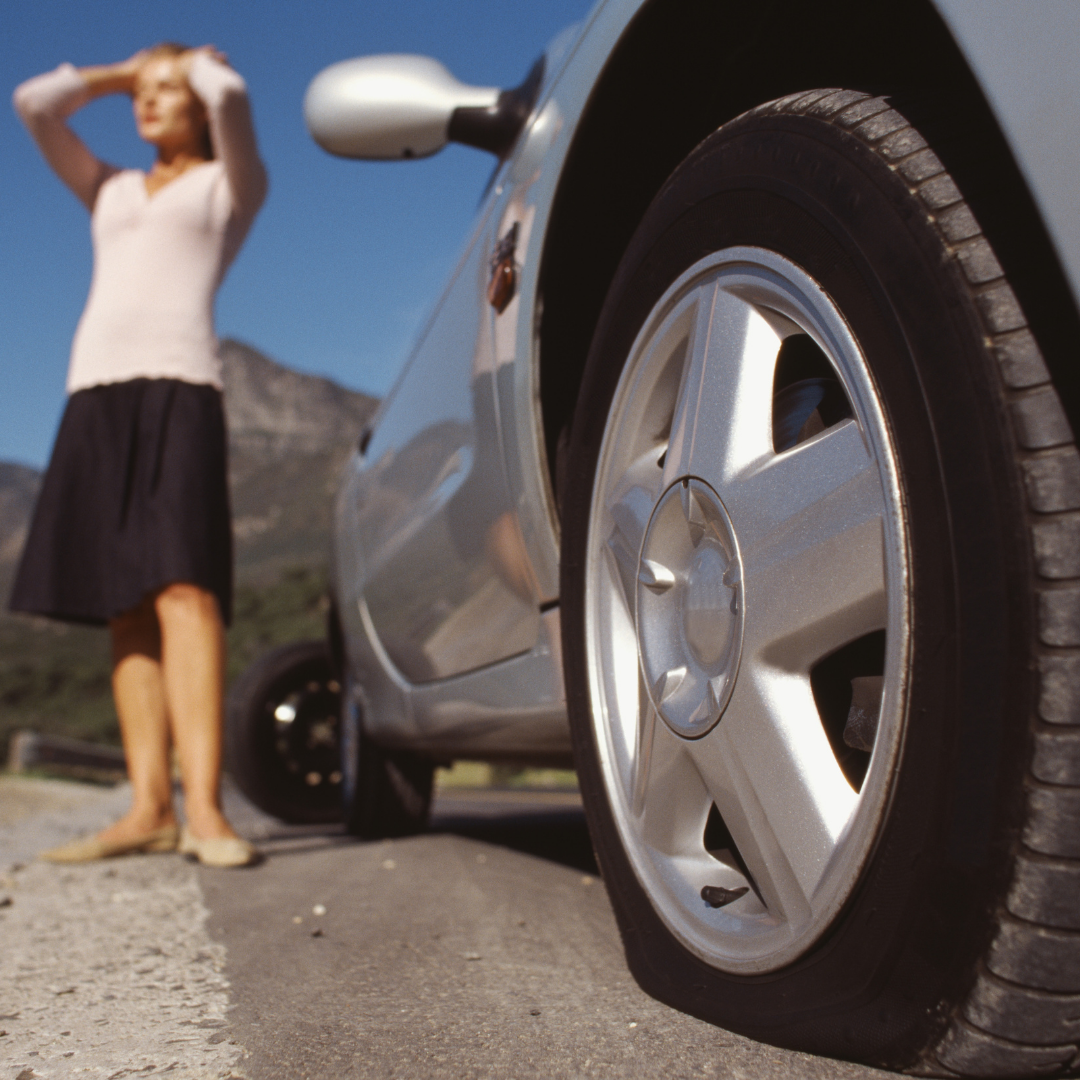If you’ve ever had a flat tire, you know what an inconvenience it can be. The last thing you need is to be stuck in the middle of nowhere, waiting for a tow truck to come and change the tire for you. The good news is that you can fix flat tires faster than you think and with little more than a tire iron and a spare tire.
If you are like most people, you have been there before. You are traveling along, minding your own business, when- BAM! To your horror, you find a flat tire. Now what? Do you pull over and start looking for the jack and lug wrench, or do you push on, hoping that the tire won’t cause you to have a wreck? If you are lucky, you will be able to replace the tire and be back on the road in a short amount of time. However, if you are unlucky, you could be in for a long night. Either way, it is a good idea to be prepared in the event of this kind of emergency.
Many people will experience a flat tire at some point in their lives. In fact, you can expect to have at least one flat tire during your lifetime. Well, now that you know this, you will want to read this post to learn the best methods for fixing a flat tire fast.
- Inflate the tire
Your tire is under-inflated if it feels soft when you press the tire’s sidewall with your thumb. To check your tire pressure, you will need a tire pressure gauge. The tire pressure the manufacturers recommend is molded into the sidewall of the tire (usually in pounds per square inch, or PSI).
The recommended tire pressure is usually written either on the driver’s door jam, on the glove box door, in the owner’s manual, or on a label on the fuel door. After you have found the recommended tire pressure for your vehicle, inflate your tire to the recommended level.
- Inspect the tire
I’m going to start with a simple tire inspection. Using a tire pressure gauge, measure the air pressure in the tire, rotating the tire as you work through the tread. If the tire is more than 3 pounds per square inch (psi) low, add air to the tire. Use a flashlight to inspect the insides, sidewalls, and tread of your tire.
- Listen for the hissing sound
Checking for a flat tire is one of the main things you should do every time you pull over (or park) your car, truck, or motorcycle, but it’s also one of the things that you’re most likely to forget about–especially if you’re in a hurry. If you’re not regularly checking for flat tires, you could be overlooking a potentially dangerous situation.
How can you tell if there is a flat tire on your car, truck, or motorcycle? One of the best ways is to listen for a hissing sound.
- Feel around tire for an air
Tire pressure monitoring systems (TPMS) are designed to alert you to a tire that has low air pressure. The advantage of a TPMS is that it can help prevent a dangerous tire failure. The disadvantage is that when it comes to spare tires, the TPMS light may come on randomly and stay on. This is because, while the TPMS activates at a low pressure, you may be driving on a low-but-not-dangerous tire pressure, and the TPMS cannot detect the difference.
After suffering a flat tire, you are probably thinking that your day can’t get any worse. But you’re wrong. Not only will you need to replace the actual tire, you’ll also need to replace the screw that holds the tire to the wheel. Unless you are lucky enough to have a spare tire, this means you are going to need to get your car towed to a mechanic.
The most important thing to remember when driving is to always be on the lookout for broken pavement or manhole covers. Potholes and manhole covers are the most common causes of tire blowouts, so make sure you slow down when traveling through low-income areas or areas known to have a lot of bad roads.

